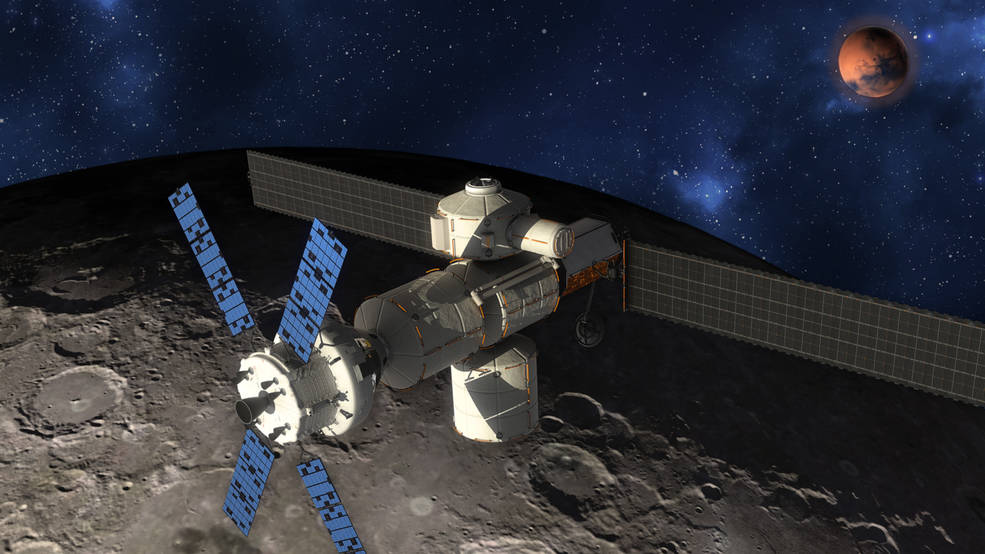NASA Dives Into Habitation Prototypes Testing
The Space agency will take several months to look over the five proposals.
NASA is getting serious about returning to the moon. Earlier this week they asked for more money from Congress to keep developing the required vehicle technology and this week they kick off several months of testing of deep space habitat prototypes.
The space agency will test five unique designs presented by private enterprises. The prototypes offer an insight into what life might be like aboard The Gateway, the spaceship intended to orbit around the moon.
RELATED: NASA TO PAY $ 19,000 TO PEOPLE TO LAY IN BED FOR 60 DAYS
The testing won’t result in a single design being picked and developed further, rather NASA says it plans to use the testing of the five designs as a way to evaluate the design standards and possible risks heading into deep space might present.
Lots to learn
“These tests were formulated so that we can do a side-by-side comparison of very different and innovative concepts from U.S. industry,” said Marshall Smith, who leads human lunar exploration programs at NASA Headquarters in Washington. “While we won’t dictate a specific design when we procure the U.S. habitat, we will enter the procurement phase with far less risk because of the knowledge we gain from these tests.”
A collaborative team of both NASA personal and private experts will conduct the tests that are expected to take several months. The tests include both engineering and technical capabilities as well as examining more human element such as layout and how the habitats assist in personal astronaut performance and mental and physical health.
The five companies that have pitched prototypes include:
Lockheed Martin
Weapons and space equipment manufacturer Lockheed Martin propose a design based on the Multi-Purpose Logistics Module (MPLM), which was originally conceived to provide support for the International Space Station.
The design utilizes the Orion capsule which will ferry astronauts to the moon. This habitat can be reconfigurable to respond to changing missions and conditions.

Northrop Grumman
The Northrop Grumman’s design uses the base of the Cygnus spacecraft that delivers supplies to the International Space Station. The Cygnus is already human rated and its new gateway use shows a space that prioritizes human experiences while staying flexible and configurable.

Boeing
Long-term NASA collaborator, Boeing has developed multiple space station elements. Their design leverages for their experience to demonstrate a roomy interior with the additional capability of being able to isolate different areas for different atmospheres for payloads without impacting cabin atmosphere.

Sierra Nevada Corporation
Sierra Nevada’s design inflates like a balloon once in space. The Large Inflatable Fabric Environment (LIFE) habitat offers a larger living space than its rigid designed competitors. LIFE flamboyantly presents three floors of living areas.

Bigelow Aerospace
Another design that expands in space is the Bigelow’s B330 prototype. The smaller Bigelow Expandable Activity Module (BEAM) was sent to the space station in 2015, where it was expanded by astronauts live on NASA TV. The BEAM is now being used aboard the station as a storage unit after it completed its testing phase.

 SHOW COMMENT ()
SHOW COMMENT ()










